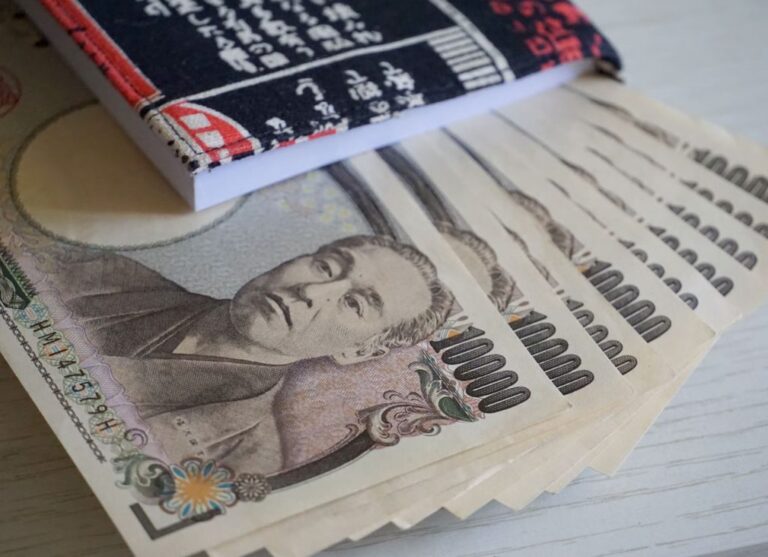
Morning Brief – Mass Spectrometry
The process of mass spectrometry in its crudest format involves separating the components of a substance into its basic parts to allow us to understand what exactly makes it up. Invented shortly after World War I, the process is still used in areas of criminal and analytical investigation. I reckon it’s about time something similar was invented for political/economic science to spin apart what exactly is going on under the surface of a country.
Take South Africa through our Mass Spectrometer, what comes out? On one side of your reading you’ve got factory sentiment at a decade low within the nation. Observed this week the reading paints a pessimistic picture of commercial activity in sub-Saharan Africa’s most significant economy. Look at the other end of the reading, South Africa’s trade surplus is at an 8-month high with mine exports dragging the balance up.
These two obscure statistics do matter: Consider factory sentiment for a moment. With confidence and sentiment close to an all-time low, as the owner of capital in factory or commercial form in South Africa you’re more likely to scale back or even cease activity. That will hamper the South African economy, undermining output and growth, weakening the Rand as domestic activity stagnates. The statistic is also emblematic of Eskom’s paralysation of the economy. The state-owned energy company has again made global headlines this week as Fitch Ratings cuts its analysis on the company’s debt one notch further into ‘Junk’ status. Recession warning bells are going off and the South African Reserve Bank says it can do little in terms of boosting economic activity given the risk premium the country already attracts.
Flick your eyes back over to the trade surplus and things look Rand positive all of a sudden. With Australia, a strong trading partner with China in raw resources, going back into its shell amidst the Sino-US trade war, perhaps mine-export driven growth is sustainably SA positive and therefore Rand positive. Queue cautious joyful bells signalling economic expansion then? The truth is the image is just too complex and distorted in order for some market participants to make a decision on the direction of the South African economy. This uncertainty has led them to shed exposure to the economy defensively ahead of Moody’s November ratings review.
Let’s look at Eskom once again to show you where the opportunity in the Rand lies for this year. Eskom has an estimated R450bn of debt equal to some 12% of the nation’s GDP. The government’s plan to inject R230bn over the next ten years in comparison then seems frightfully insignificant. In Fitch’s own analysis it might not even be enough in order to cover the financing of its extant debt obligations over that period. The R230bn then needs to be used to turn around the company under its own assisted steam and not simply bail it out.
Already, overseas ownership of South Africa’s debt has fallen by 6% from 18 months ago, standing at 37% now, equal to the lows of February 2017, one year before Zuma left office. 2.7 billion Rand’s worth of foreign owned debt has left the country putting selling pressure on the currency and brining the 2019 total exodus of foreign owned debt to 8.8bn. The burden of Eskom could result (although unlikely by their own admission) in a ratings downgrade for South Africa by Moody’s Ratings on November 1st. Because Moody’s is the only major agency to hold the asset as investment grade, it could lead to USD 15bn worth of foreign owned debt to leave the country as it would drop out of the Citigroup Inc’s World Government Bond Index. The Rand could not handle a sudden withdrawal of USD 15bn from the currency without a serious devaluation so the risk is high. The currency has fallen towards 19 per Pound this week, however, the mid-term budget statement later this month ahead of the rating decision will determine expectations for Moody’s verdict. Good value will be found ahead of this announcement as risk is priced in, however, unless the government produces a credible commitment to Eskom, the Rand could fall further.
Discussion and Analysis by Charles Porter

Click Here to Subscribe to the SGM-FX Newsletter
Related Insights

Morning Brief – Japanese Yen
Japanese Yen With JPY at a new 34 year low versus EUR, the market is set for an ambush by the Bank of Japan if it acts today at the end of their Policy Meeting to support the Yen. The reason that the market is susceptible is because it has convinced itself that the BoJ […]

Morning Brief – Coalition
Coalition This briefing is about South Africa and the Rand, which frequently proves to be one of the more divisive subjects within our roster of currencies. In particular, with the election looming, this will be about South African governance. Not from a political or human perspective about what may be the best long term outcome […]

Morning Brief – US Tariffs on Chinese Imports
US Tariffs on Chinese Imports Recently we wrote about how Mexico has become the Number One trade partner for the USA. It now transpires that Mexico may have had what is known as a little assist with their numbers: the statistics for the number of 20 foot shipping containers for the first three Quarters of […]



 Humphrey Percy
Humphrey Percy Charles Porter
Charles Porter